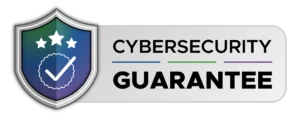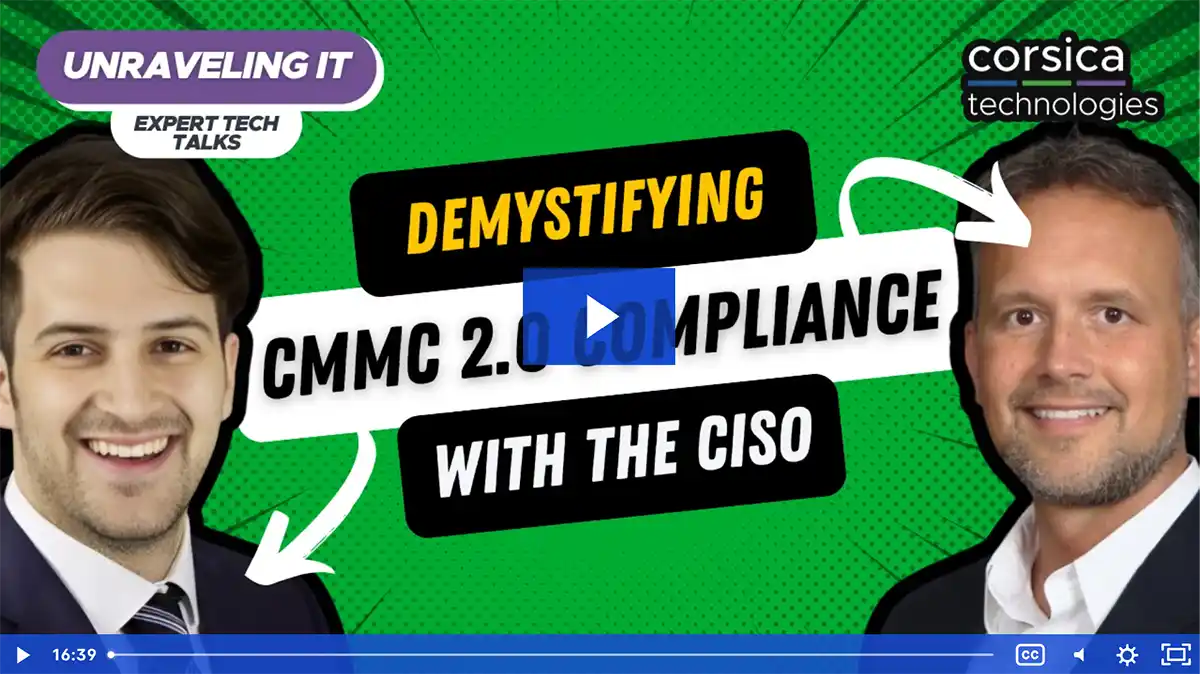- Why Corsica
-
-
-
The Corsica Difference »
You get a single team handling cybersecurity, IT, and data integration services like EDI, filling the gaps in your team.
You Won’t Find Our Value Anywhere Else:
- Easy to work with
- True all-inclusive pricing
- Great people + expertise
- Bundled data security
- Data Integration + EDI
- Cybersecurity service guarantee
-
-
-
- Results
-
-
-
Achieve outcomes that matter »
“Corsica is a one-stop shop for us. If I have a problem, I can go to my vCIO or a number of people, and you take care of it. That’s an investment in mutual success.”
– Greg Sopcak | Southern Michigan Bank & Trust
-
-
-
- Services
-
-
-
- Managed IT + cybersecurity
- EDI + data integration
- Consulting + strategy
- ONE predictable monthly price
- Unmetered service consumption
From 24/7 SOC services to MDR/SIEM, penetration testing and training, we’ve got you covered.
Get the expert support you need for your network, on-premises devices, VoiP, M365, Google Workplace, and everything in between.
Full support of compliance frameworks, including CJIS, HIPAA, CMMC, NIST, SOC 2, and more
Cut through the hype with smart strategies and right-fit AI solutions for your organization.
Take strategic steps with confidence as you collaborate with our expert business and vCIO consultants.
Get cloud security, integration, server virtualization, and optimization strategies to reduce your cloud costs.
Connect any data source to any other with robust solutions and managed services.
Stay ahead of the curve, eliminate waste, and grow revenue with next-generation technologies.
Flexible, modular managed services customized to work with your existing team, strategy, and technology investments.
-
-
-
- Consulting
-
-
-
One program. One partner. Complete AI transformation.
- All-in-one program
- Faster adoption, lower risk
- Scalable by design
- Actionable insights
- Trusted advisory
- Future-proof strategy
-
-
-
- Industries
-
-
-
Industries Served
It takes dedicated experience to use technology strategically in your industry. That’s why we specialize in certain verticals while offering comprehensive technology services.
-
-
-
- Insights
-
-
-
Insights and Resources
From webinars and video tutorials to guides and blogs, we’ve got resources to help you and your team address any technology challenge.
Guides + Education:
-
-
-














